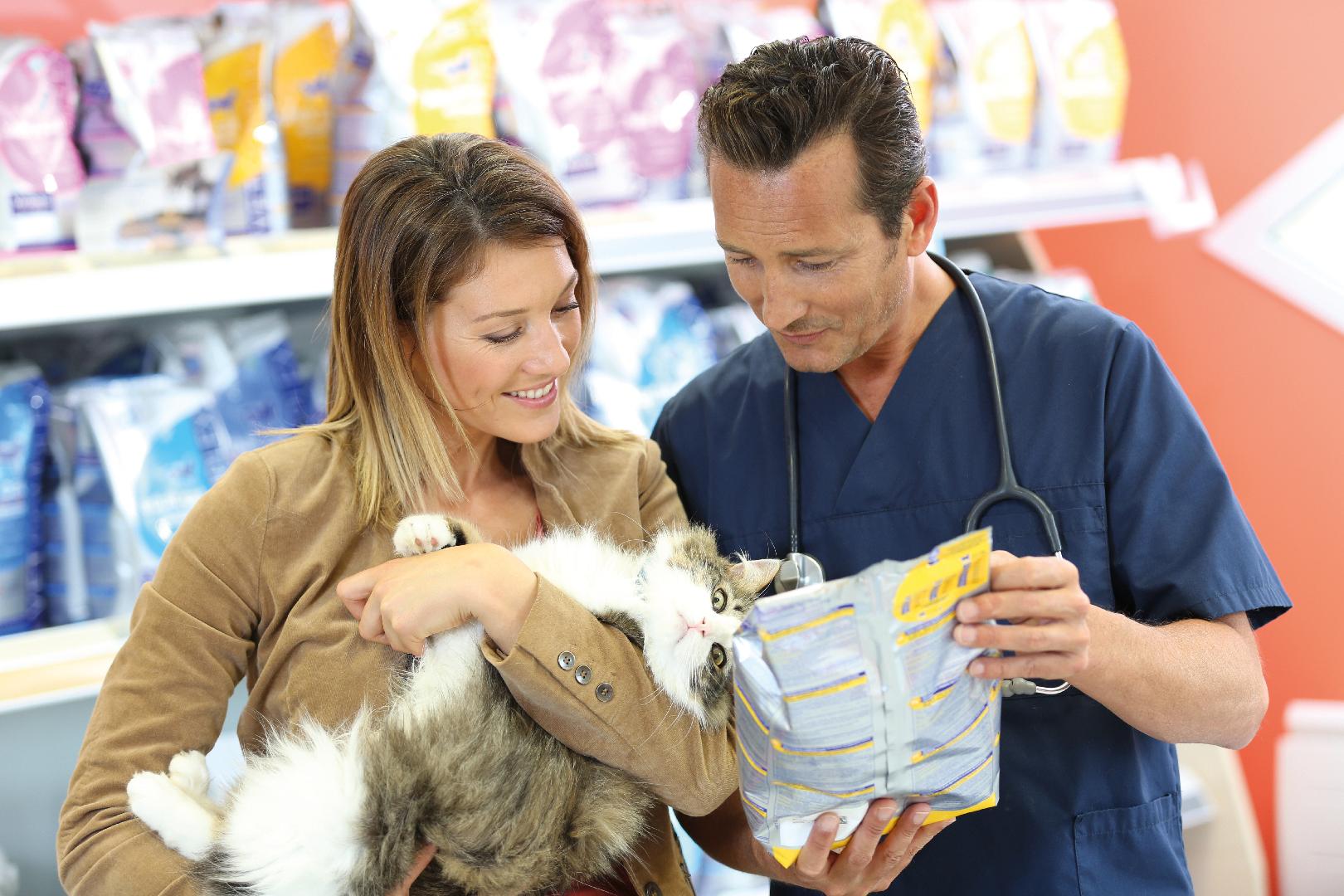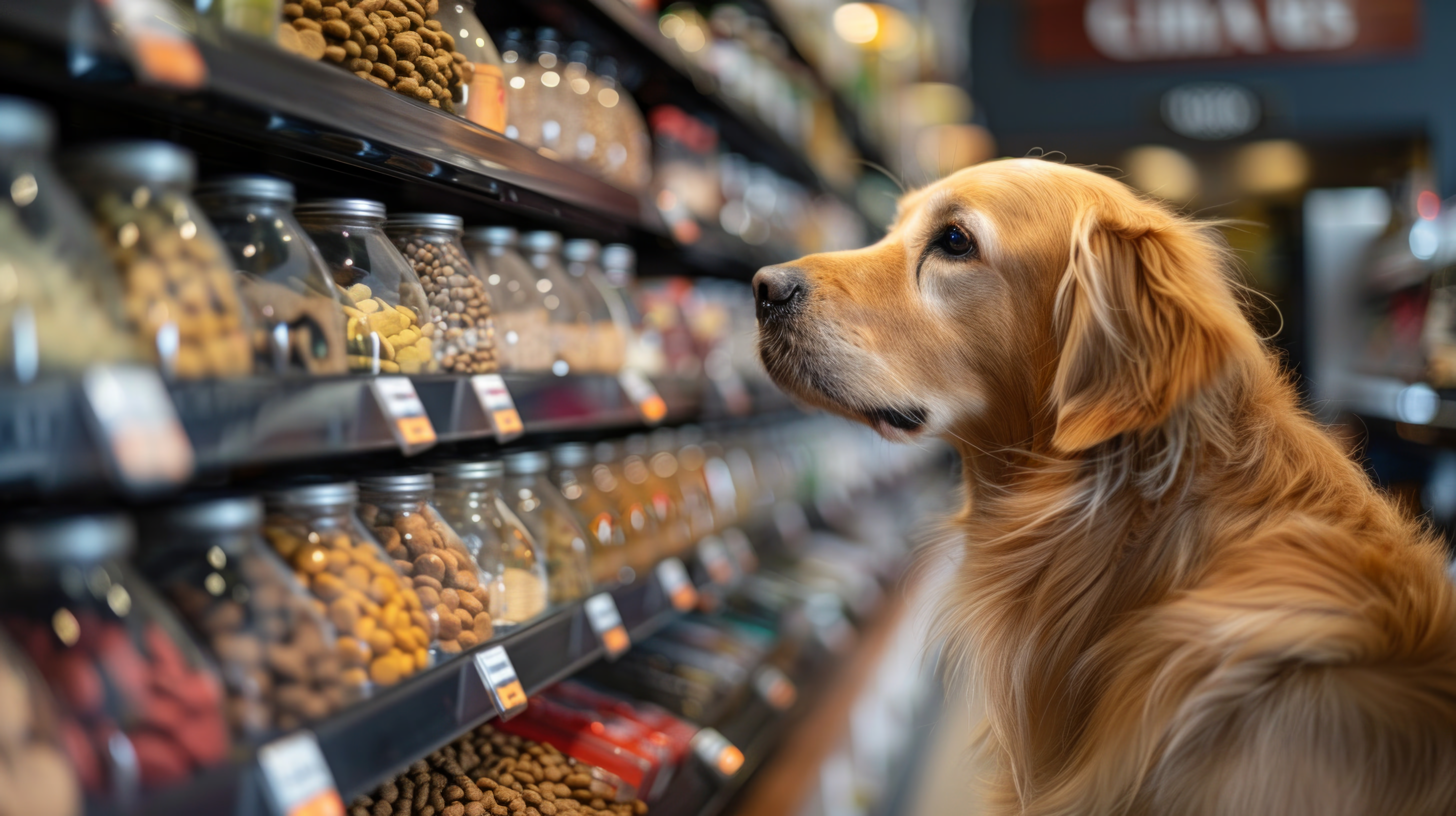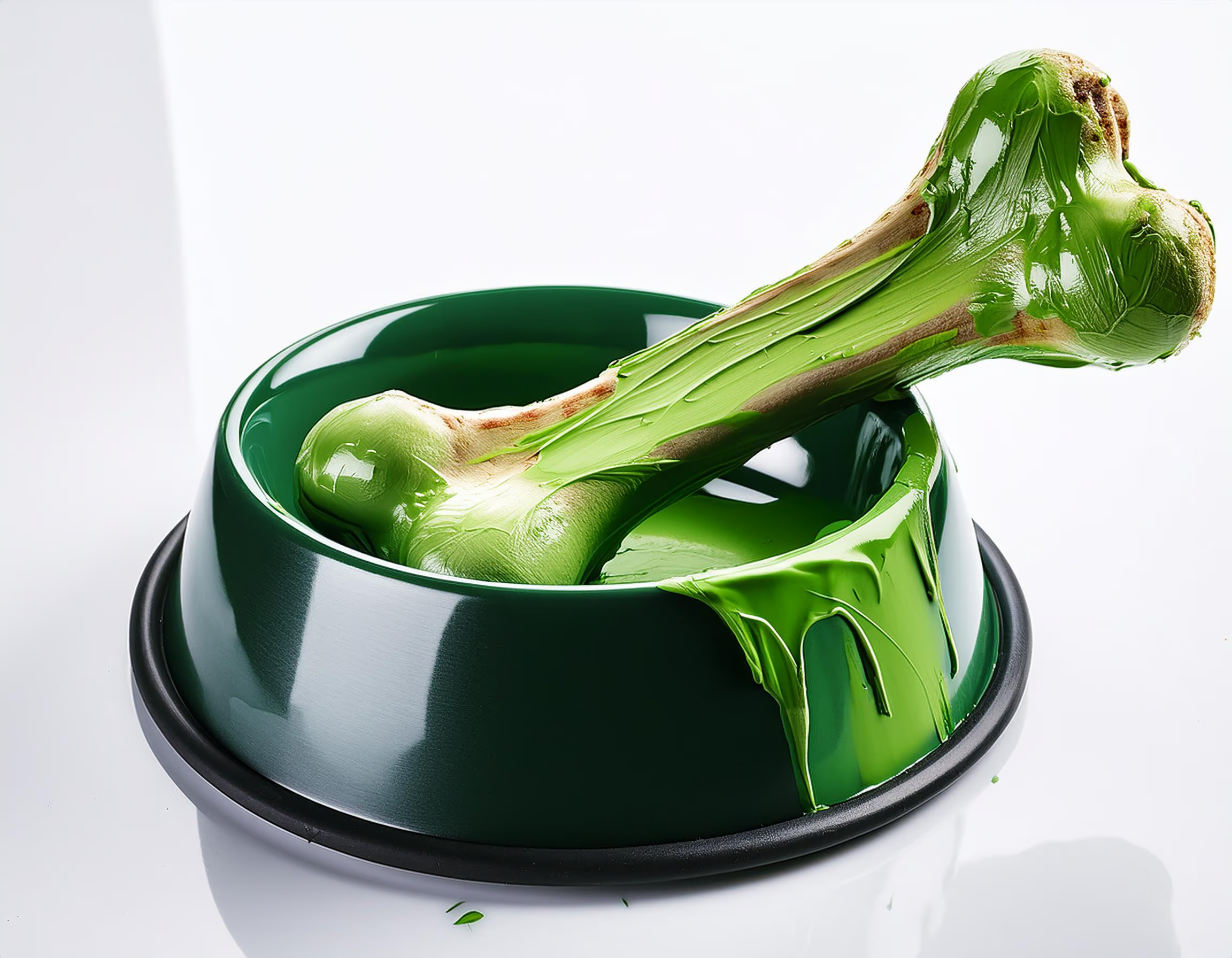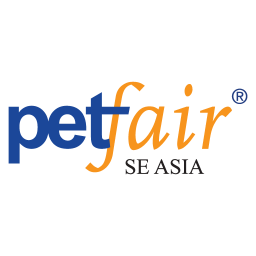For years, pet food manufacturers have been targeting advancements in packaging sustainability as brands have sought ways to use more environmentally friendly materials and better manage end-of-life impact.
Recently, however, several key trends are making sustainability a near-term imperative. Specifically, manufacturers are seeing a shift in consumer attitudes toward packaging, broader partnerships and infrastructure to support meaningful change, and an ever-changing competitive marketplace.
Consumer interest in more sustainable options
Consumers are increasingly committed to reducing landfill waste and protecting marine ecosystems, and are even making commitments at the purchasing level. A survey of more than 15,000 consumers revealed that nearly three-quarters are willing to pay more for sustainable packaging (Boston Consulting Group/Trivium Packaging, "Global Buying Green Report," 2020).
In a recent study, specific to the pet care sector, involving 608 premium pet food (dog and cat) shoppers:
- 75% said they would look more favorably on a brand that would change its packaging to be more sustainable
- 80% said they intend to reduce their impact on the environment.
- And nearly 1 in 3 said they would switch to a brand with more sustainable packaging.
(Source: "Premium Pet Food Purchaser Survey Results: Trends, Behaviors and Insights Pet Food Manufacturers Can Leverage to Convert Consumers," Mondi and Dow, 2019. See the full report at https://northamerica. mondigroup.com/en/pet-food-packaging-research/).
Competitive pressure from leading pet food brands
Nestlé Purina has set a public goal of making 100% of its packaging reusable or recyclable by 2025. The company estimates that 80% of its current packaging is already recyclable.
At Hill's Pet Nutrition, the goals are also ambitious. The pet food manufacturer has committed to make its packaging 100% recyclable, reusable or compostable by 2025, and to have 25% recycled plastic content in all its packaging. It will also continue to eliminate problematic and unnecessary plastics. Around 70% of Hill's global packaging (by weight) is now recyclable from the end of 2019. It is currently working with its material suppliers to further innovate.
Mars Petcare is also aiming for 100% of its plastic packaging to be reusable, recyclable or compostable by 2025 and a 25% decrease in virgin plastic use by 2025. Mars says it is taking action by eliminating unnecessary packaging, exploring reuse models, redesigning for circularity and investing to close the packaging waste loop with recycling systems that work for businesses and communities.
Actions for pet food manufacturers
As organizations seek to set and achieve sustainability goals, pet food manufacturers will be well served to:
- Minimize packaging to reduce waste.
- Design recyclable packaging
- Implement packaging reuse
- Redesign packaging with more sustainable materials
- Choose materials from renewable sources
- Educate consumers about packaging labels and ways to support companies with more environmentally friendly packaging
"Sustainable objectives for brands have become goals with action plans to achieve success'.
4 tips for pet food manufacturers looking to improve the sustainability of packaging
Beware of excessive shrinkage:
Downsizing packaging too much can damage the product inside, increase overall costs and hurt brand perception.
Consider all sustainability factors of your material:
For example, some materials degrade into microplastics. So while faster degradation may be beneficial in itself, such a trade-off may present a less desirable option once you look at the big picture.
Keep an eye on durability:
Material made from recycled products is not as durable and is less so after each round of recycling. The increased cost and decreased overall durability means that recycled material is not suitable for all products.
Document the source:
If recycled content is used, the origin of the material must be known, according to ISO 11-607.
Now it's time to take action. We're really trying to get the message across that brands don't have to wait for someone to tell them what the next phase of the pet food market should be or how to create something for themselves every step of the way, because often part of the solution already exists.
Source: Diana Mercado
You could be interested: Greenwashing in pet food: what it is and how to avoid it
About author
Diana Mercado CisnerosShe is the Director of Zoo Inc., a marketing and communication firm 100% focused to better position companies in the agricultural sector. In addition, Diana leads the Foundation Educando al Campo, a Mexican civil association that seeks to support Agribusiness and Consumer Education to boost the rural economy and ensure a better future for all. “We are more and more women in agriculture,” Diana says.


































